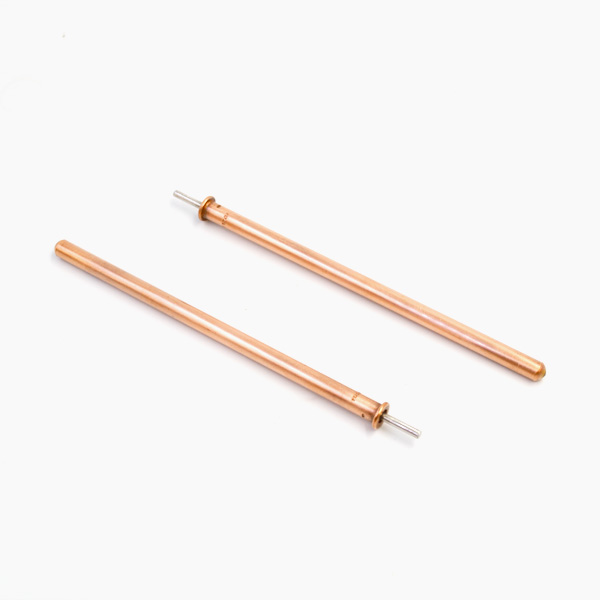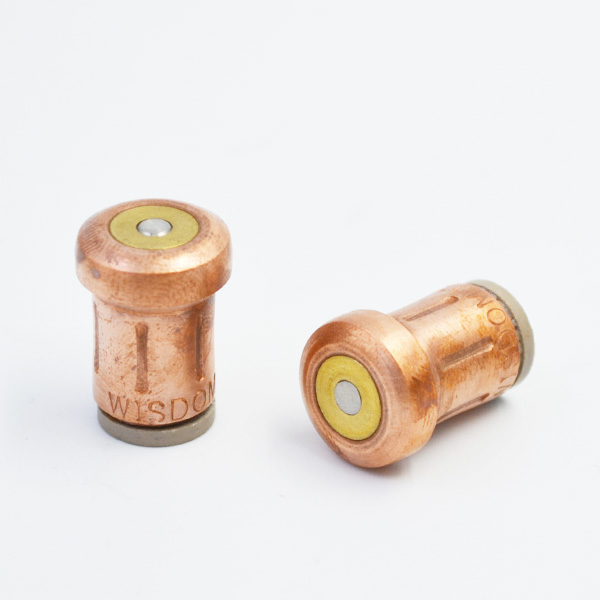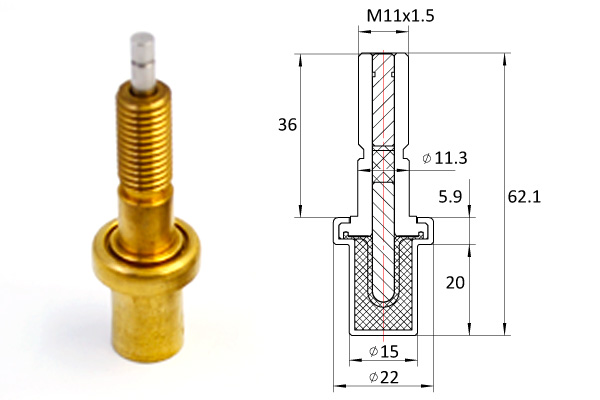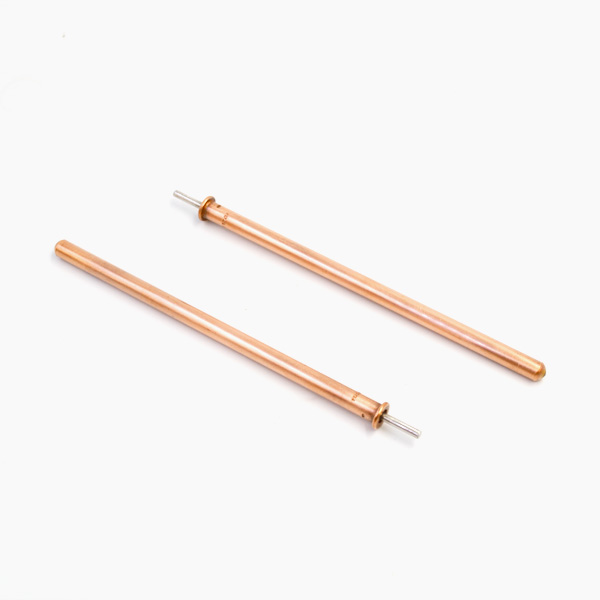This paper introduces a design scheme of monitoring solar MPPT controller. The solar MPPT controller adopts ST company’s special chip SPV1020. The disturbance-observation MPPT algorithm is built in the chip. The DC-DC conversion circuit adopts interlaced four-phase topology structure.
Because of the few peripheral circuits, the complexity of the system is reduced to a certain extent. Through practical application and testing, thermostatic element the MPPT controller has system stability. High conversion efficiency. This paper mainly introduces the design scheme of a new type of MPPT controller for solar cells from the aspects of hardware circuit design and software control monitoring. This scheme mainly uses the staggered topology DC-DC converter chip of SPV1020 built-in MPPT algorithm of ST Company to make the controller competitive in cost, performance and efficiency. Because the solar cell material is a semiconductor, the output characteristics of the solar cell are non-linear, which shows that under the same junction temperature, the greater the illumination intensity, the greater the output power of the solar cell; under the same illumination intensity, the higher the junction temperature of the solar cell, the smaller the output power. Therefore, at any time, in the characteristic curve of illumination intensity and junction temperature, the output power of solar cells can always find a point of maximum power, but can not only monitor the output voltage or output current. The following figure shows [1].

In order to ensure the service life of the battery, the state of Charge (SOC) of the battery should be analyzed by the solar maximum power point tracking controller.
During the whole charging process, the battery is divided into three stages: high current charging to 70%, floating charging to 90%, and trickle current charging to the last 10%. This charging management method can reduce the exhaust volume of the battery and ensure the service life of the battery to the greatest extent. SPV1020 is a special chip designed by Italian Semiconductor (ST) Company for solar MPPT controller.
This chip integrates many functions together, making circuit design and software design very simple and convenient.

SPV1020 has MPPT algorithm to control the generation duty cycle, ensuring that the output accuracy is 0.
2%, that is, the duty cycle will be adjusted in the range of 0.2% step-by-step value from 5% to 90%, which greatly improves the system. The accuracy of tracking the maximum power point. In order to adapt the algorithm to more external conditions, this MPPT algorithm improves the traditional perturbation-observation method. When the illumination intensity is low, it automatically converts to burst mode to improve the conversion efficiency. The conversion efficiency of this converter chip is as high as 98%. In the selection of DC-DC converter circuit, with SPV1020, a four-phase interleaving topology, boost converter, is used. This design is designed to avoid the influence of Buck Converter on the output current ripple when the input current is interrupted. The output of solar cells has certain uncertainty, that is, when the illumination intensity and junction temperature change, the output power will change obviously, which is prone to intermittent.

In this input state, buck circuit must add capacitance to the output part to make the output continuous and reduce the output current ripple. If the output power of the system becomes larger, in order to ensure the stable operation of MPPT, the larger the capacitance is required.
However, large capacitance will affect the high frequency characteristics of the system, and the capacitance volume will become larger, making the whole controller become very heavy. The boost circuit with four-phase staggered topology avoids using electrolytic capacitors, ensures that the inductance of the circuit is large enough, and the output current is continuous and the ripple is small, thus prolonging the service life of the system. In order to ensure the reliability of the system, it is necessary to consider the power consumption of the two resistors and ensure that the current flowing through the two resistors is between 20 and 200 mu A. The output voltage detection of SPV1020 is controlled by VOUT_SNS pin, which judges the voltage value after the output voltage is divided. If the voltage on VOUT_SNS pin exceeds 1.
04V, SPV1020 generates a fault signal and stops the whole system. This information can be read through SPI interface. If the voltage recovery on the VOUT_SNS pin is below the normal voltage of 1.
04V, then SPV1020 will start the DC-DC converter again and set the search start duty ratio of MPPT to 5%. In order to increase the reliability of the system, SPV1020 has overcurrent protection. If the overcurrent exceeds 4.5A due to the unexpected short circuit of inductance in the four-phase topology, the system will automatically shut down. With overtemperature protection, the system will shut down when the temperature exceeds 150 C, and the system will return to normal operation when the temperature drops below 130 C. In addition, SPV1020 also has the functions of turn-off mode and low voltage locking (UVLO) to improve the reliability and stability of the system. This paper designs a design scheme of MPPT controller based on SPV1020, a special chip for maximum power point tracking of solar energy. Because SPV1020 has excellent advantages in circuit structure and MPPT algorithm, the design of MPPT controller has many advantages, such as short design cycle, low cost, stable operation and easy control.

It has high stability and feasibility in practical testing and application. Reliability and efficiency.
